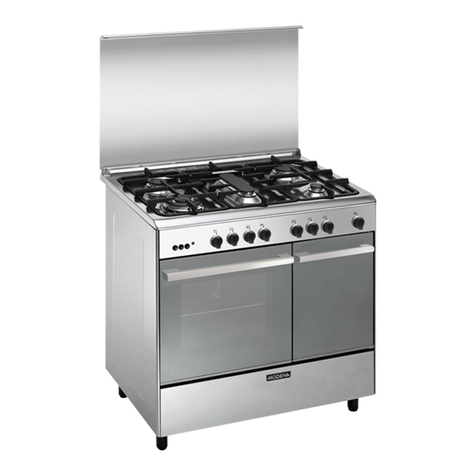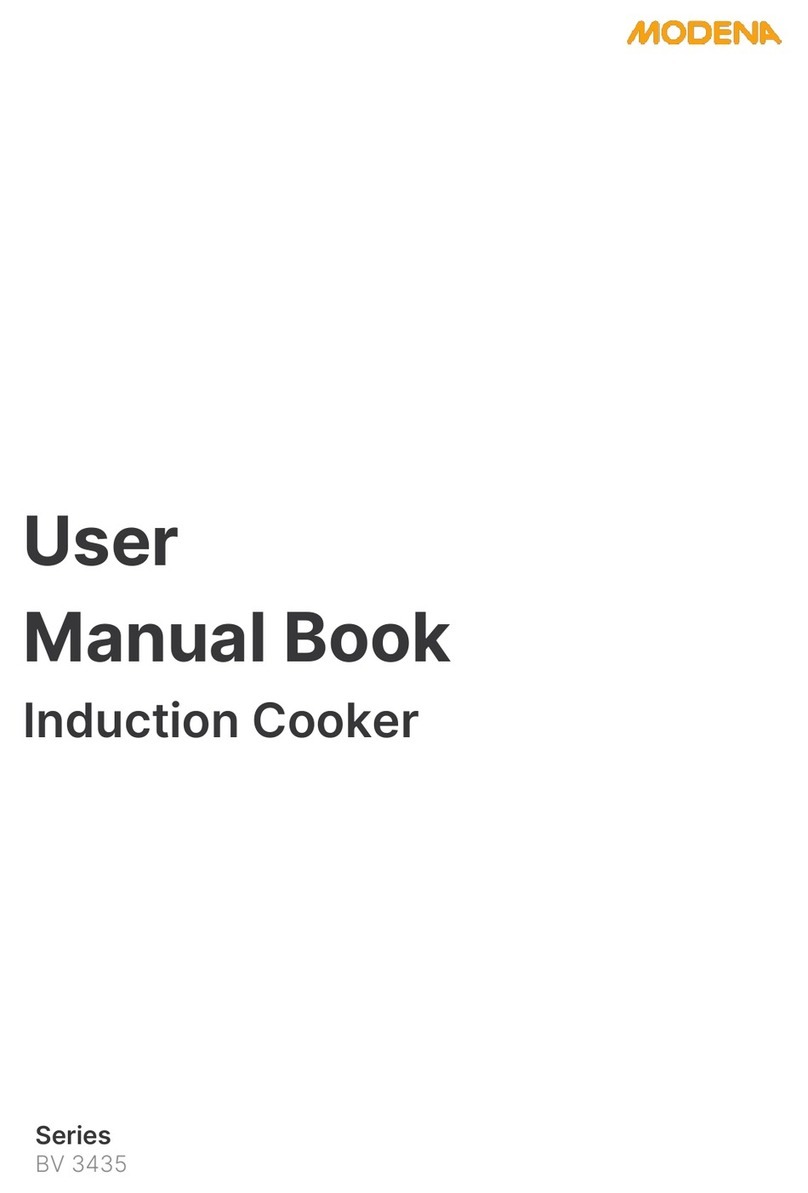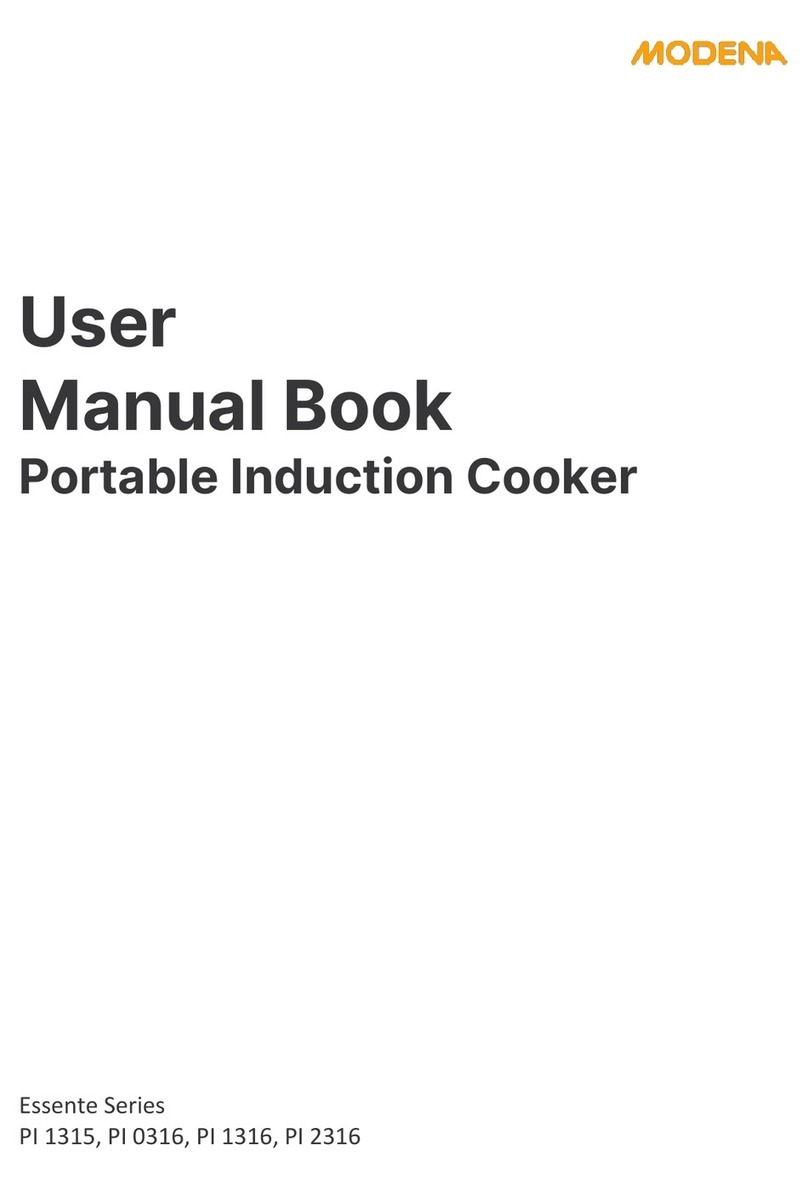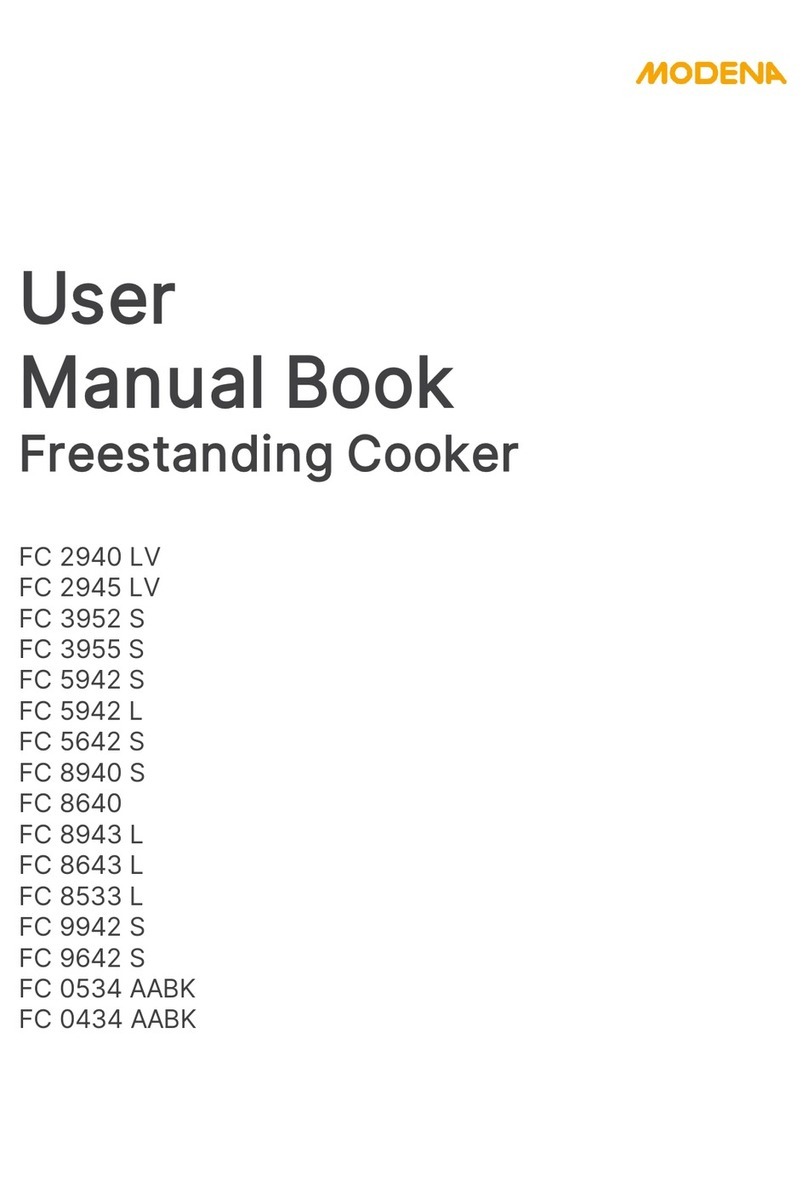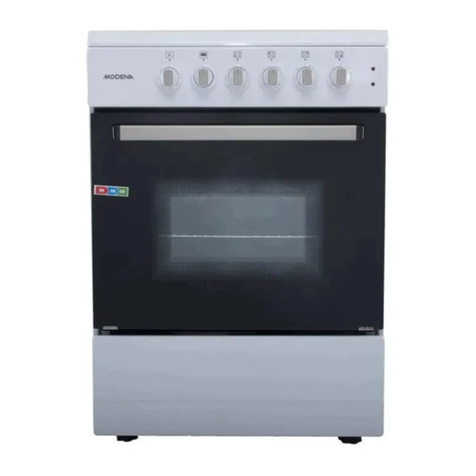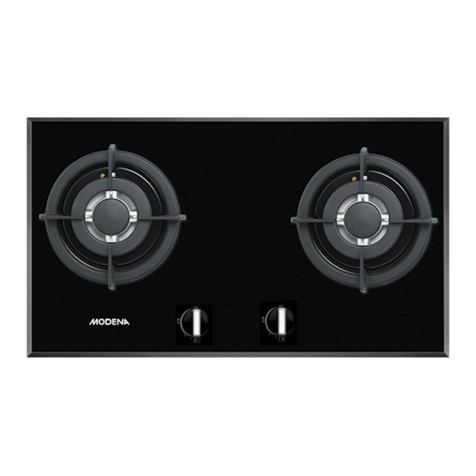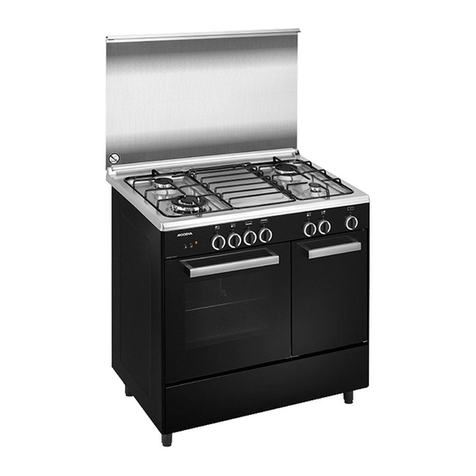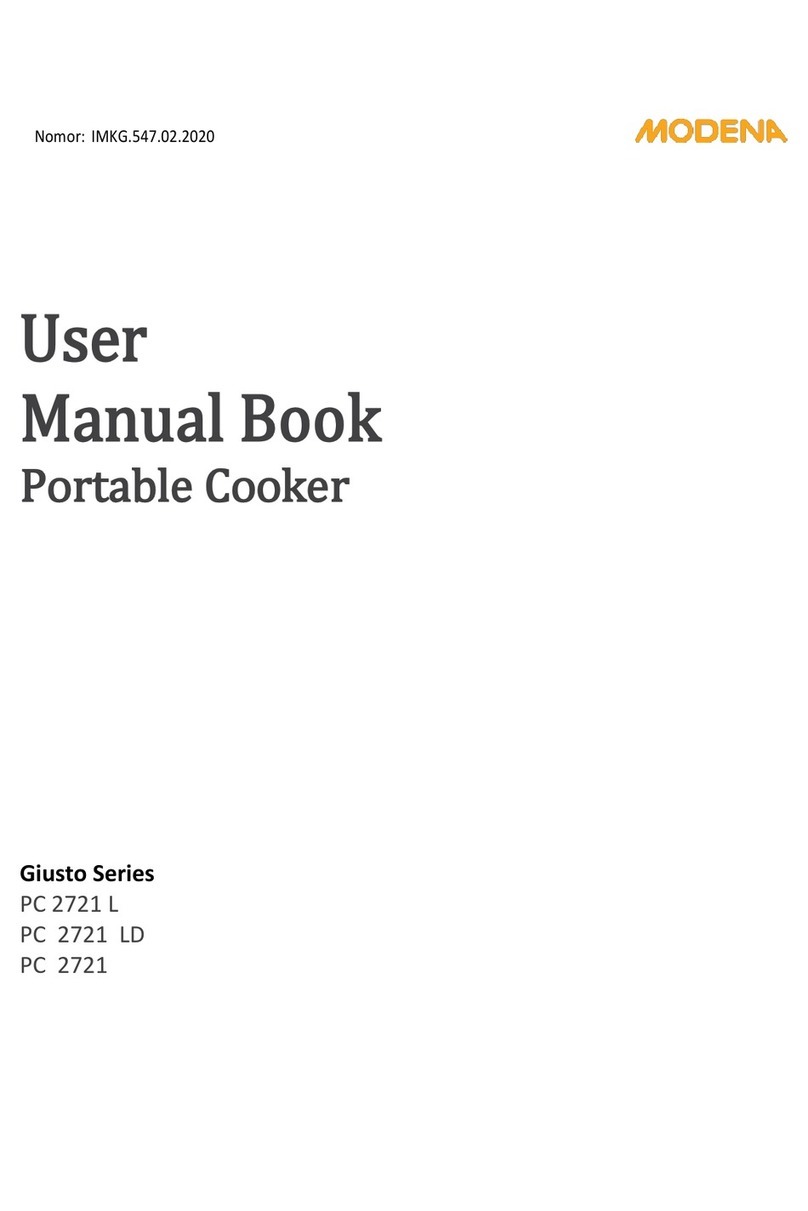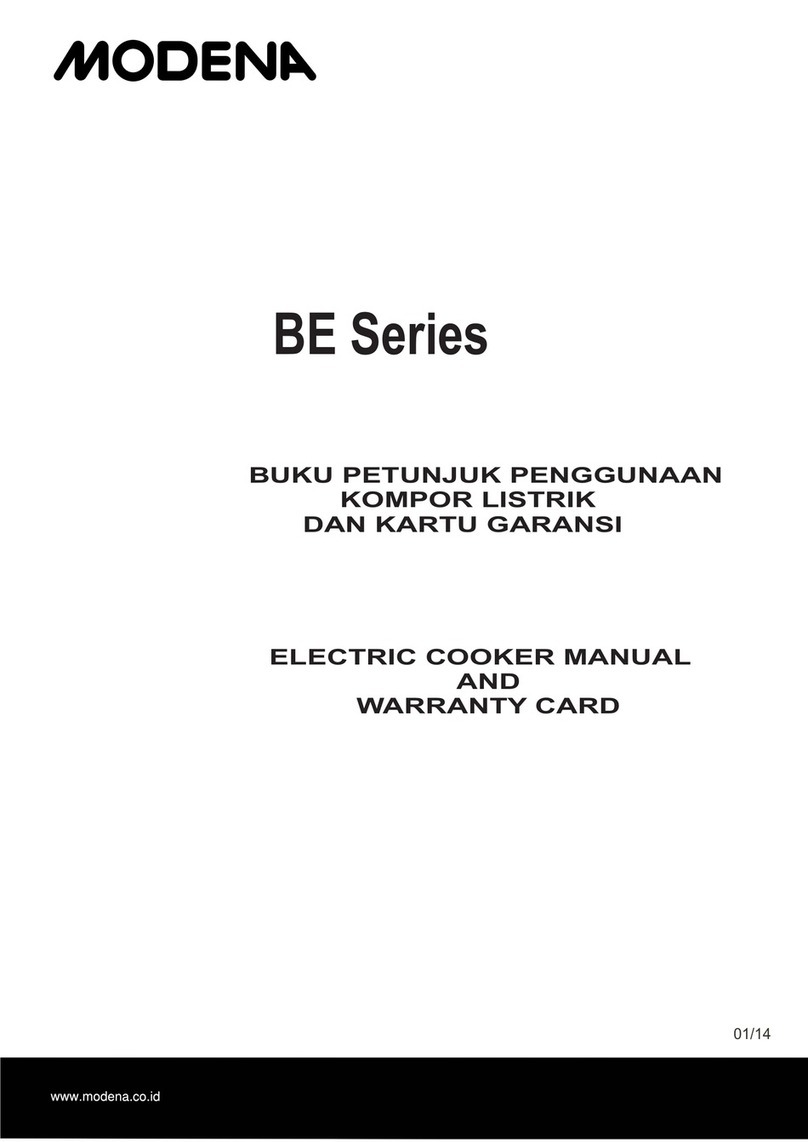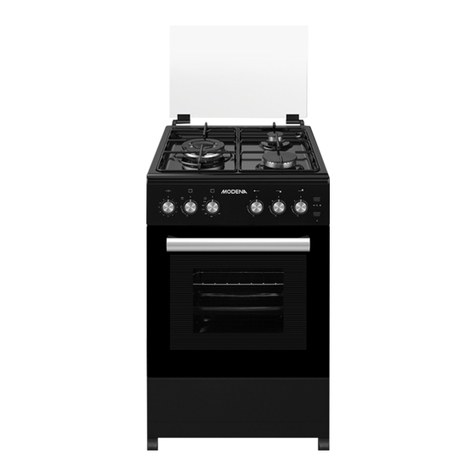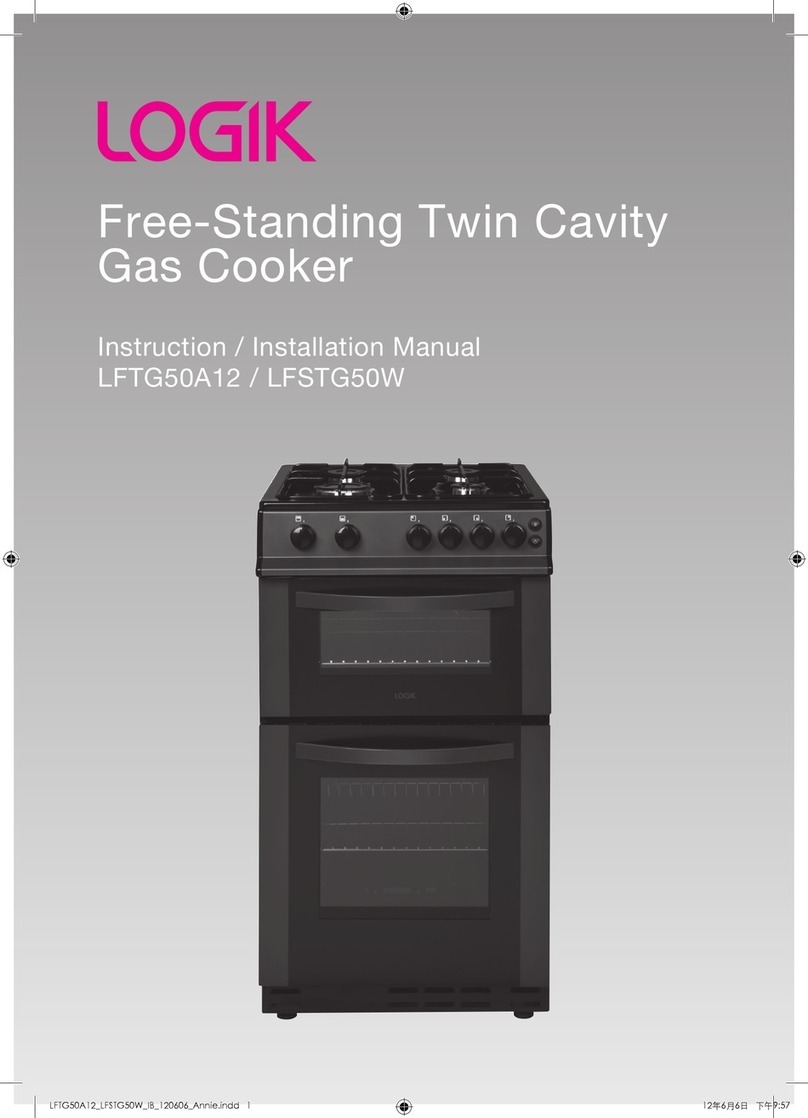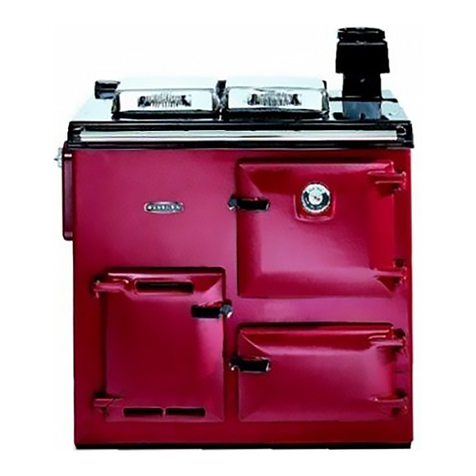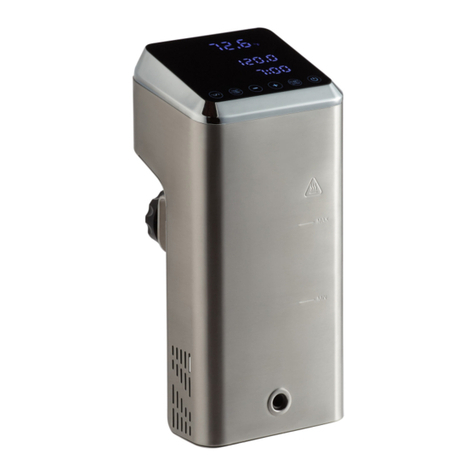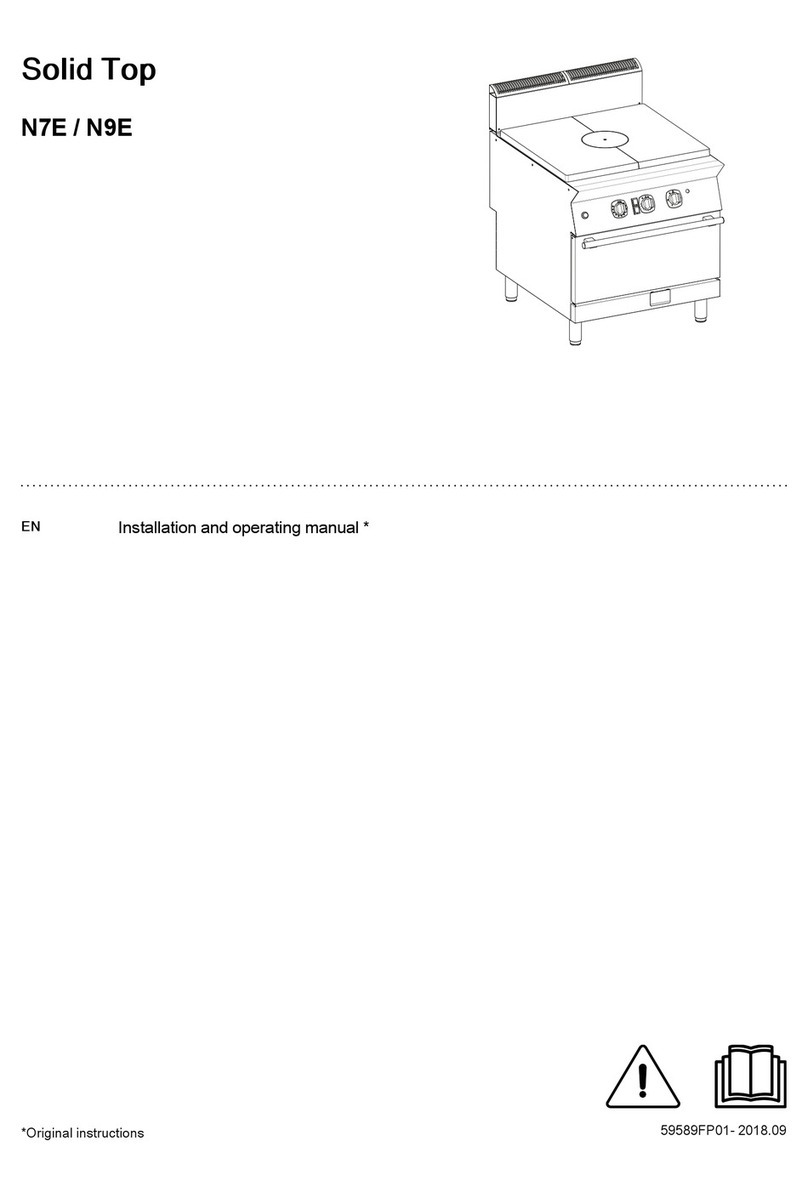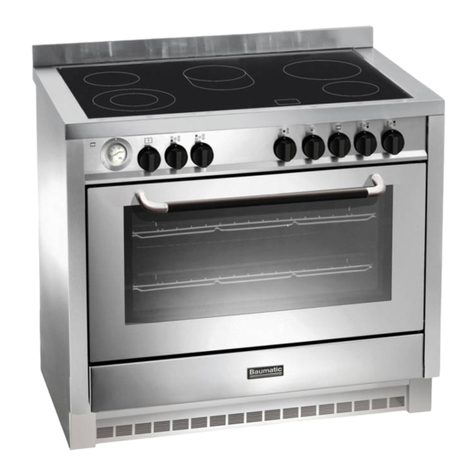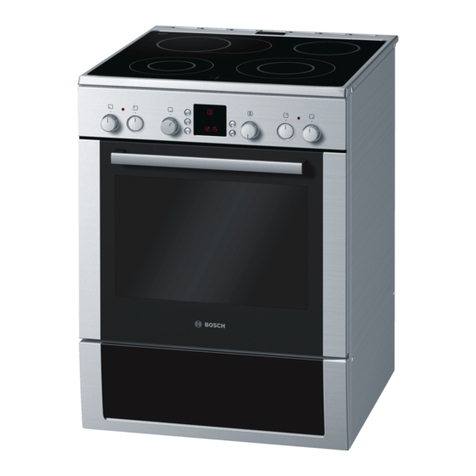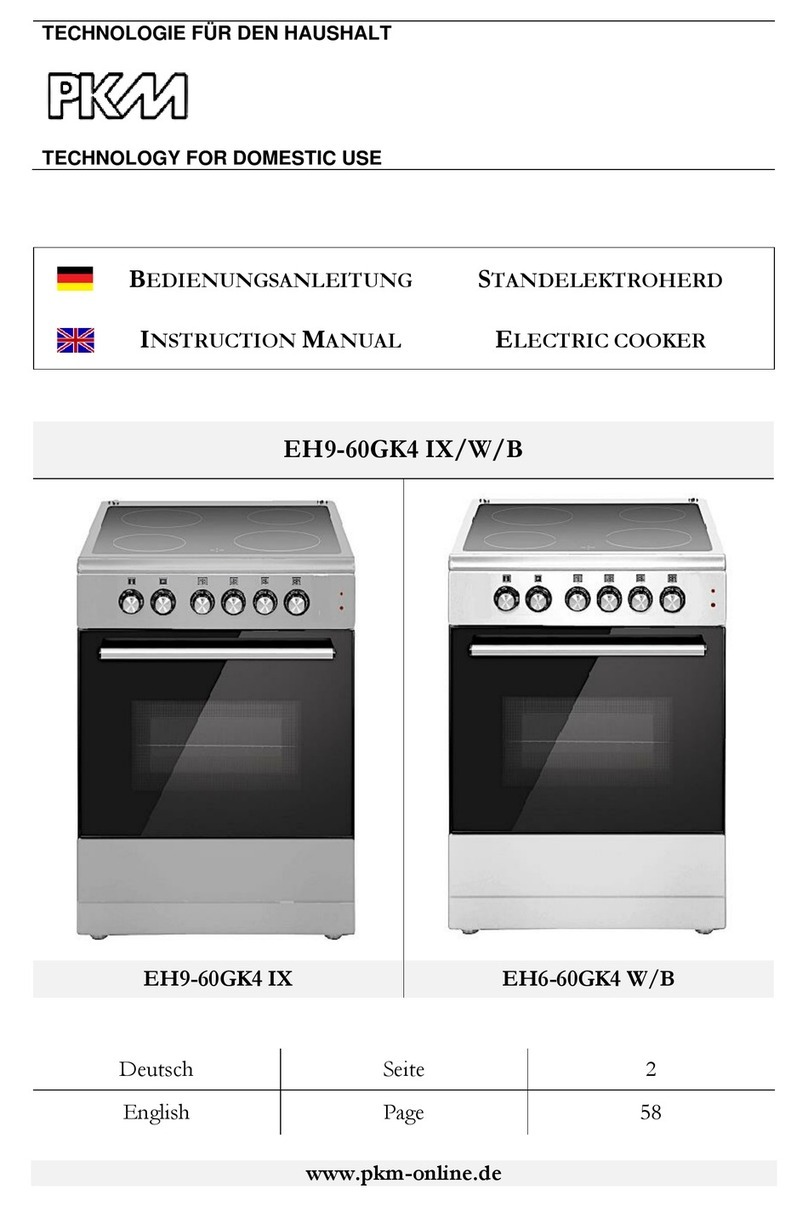7
Notes:
•If the stove is not leveled, rotate the support (B) to adjust the height –Look at the picture.
•In order to avoid any damage by rodents, we highly recommend setting up anti-rodent traps around the gas stove
(Optional).
3.
Connect the gas hose to the stove and regulator by following the route specified in Picture 2, and secure both
connections using hose clamp.
Attention:
•Use standardized hose for gas stove equipped with leak safety equipments.
•Use proper hose and regulator to avoid gas leak which may result in explosion.
•Do not use high pressure gas regulator
•Gas hose must not touch / attached to hot oven wall.
After the gas hose is properly installed, perform gas leak test on the oven connection as follows:
•Connect the regulator with gas cylinder
•Smear soap water (soap mixed with water) on the connection.
•Observe the connection. Bubbles formed on the surface indicates gas pressure is leaking out of the connection.
Torepair a leaked connection, follow these instructions:
•Disconnect the regulator from the gas cylinder
•Secure the hose clamp on the leaked connection
•Repeat the gas leak test (points a to c).
Attention:
Gas leak test should be performed by a certified technician or MODENA Call Center officer.
4.
For gas stoves with gas cylinder compartment secured with cross iron, install the cross iron on the stove. Open
the gas compartment door on the stove and install the cross iron by inserting the cross iron ends to the support
holes.
5.
Remove all the cover on stainless steel stoves, especially its working table.
6.
Connect the power plug to the electrical power socket.
Attention:
Inspect electrical voltage and make sure the voltage meet the requirements specified on the label.
7.
Insert the gas cylinder to the gas cylinder compartment for stoves with gas cylinder compartment.
Attention:
For stoves without gas cylinder compartment, store the gas cylinder near the stove.
8.
Install the regulator on the gas cylinder. Stove is ready to use.
3.B Installation in the Kitchen Cabinet
This product can be installed between the kitchen set, as long as the part of the kitchen cabinet which is in contact with
the unit must be heat resistant to high temperatures over 90° C, including the walls on the sides and the back of the
unit.
